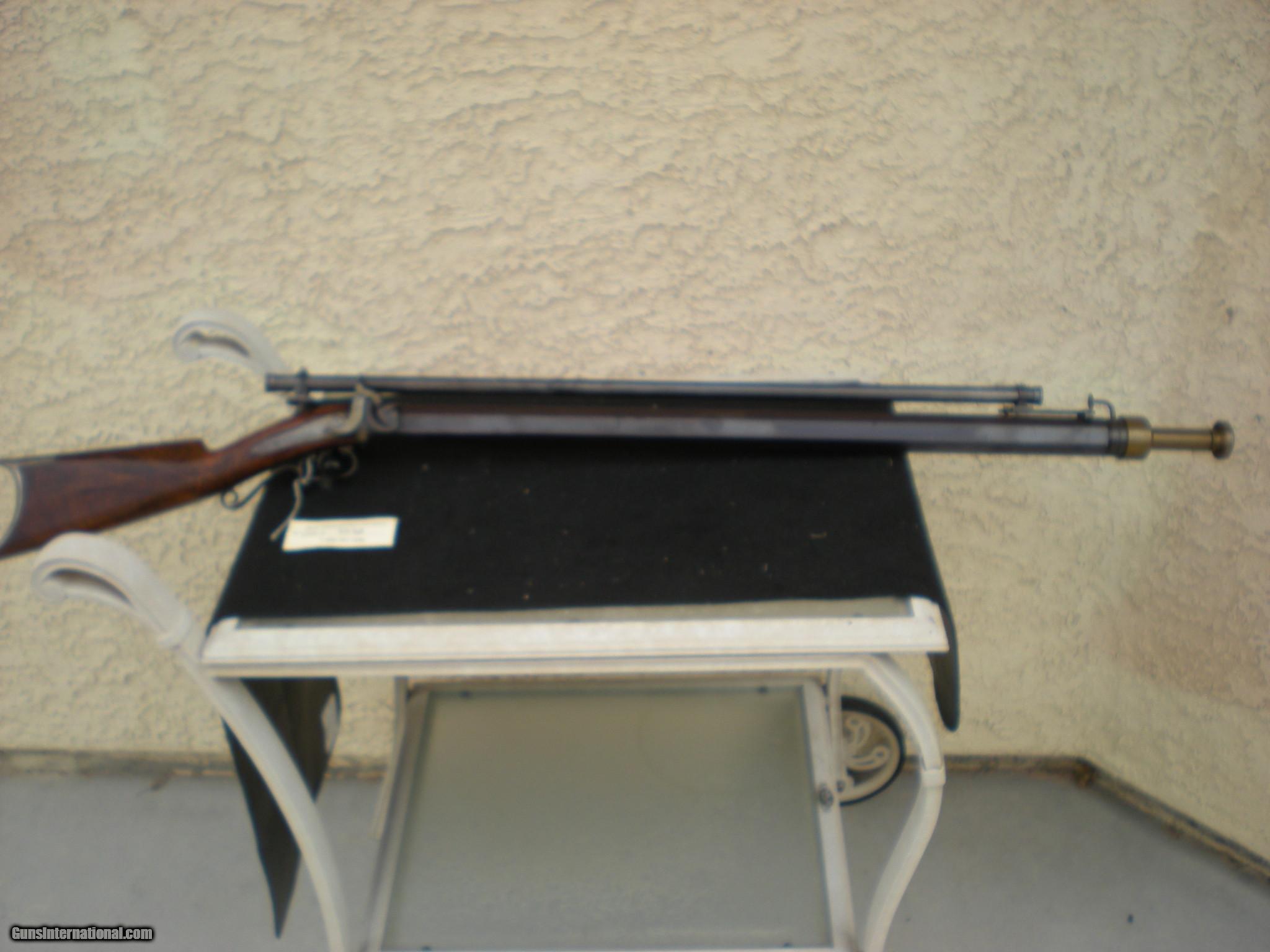In these “Person Specific” threads, I am asking for a sharing of information regarding teachings, accomplishments, anecdotes, first-hand-experiences, and the like. Simply pertaining to the individual named in the title.
I intend for a separate thread for each separate person, and in no way is this to turn into anything other than respectful and pertinent statements and stories about the shooter. If you want to talk about someone not named in a thread, PM me and I’ll start another. At the same time, disparaging comments, wrong remarks and the like, WILL be removed.
This is intended to turn into a compendium of information of each marksman, because not everything is published, nor has everything been disclosed that has since been “unclassified”. Ya’ll know right from wrong, so let’s all make these threads GREAT.
If we are lucky, the possibility exists for “those who are still alive” to add in their two cents. THAT luxury is not afforded very often. Hence why I want this to be kept “on point”. Thank you.
I intend for a separate thread for each separate person, and in no way is this to turn into anything other than respectful and pertinent statements and stories about the shooter. If you want to talk about someone not named in a thread, PM me and I’ll start another. At the same time, disparaging comments, wrong remarks and the like, WILL be removed.
This is intended to turn into a compendium of information of each marksman, because not everything is published, nor has everything been disclosed that has since been “unclassified”. Ya’ll know right from wrong, so let’s all make these threads GREAT.
If we are lucky, the possibility exists for “those who are still alive” to add in their two cents. THAT luxury is not afforded very often. Hence why I want this to be kept “on point”. Thank you.
Last edited:


